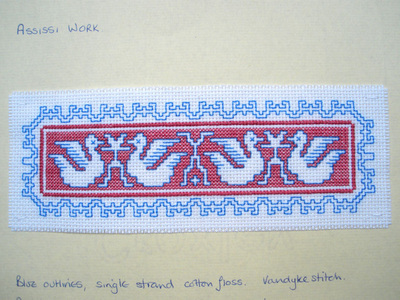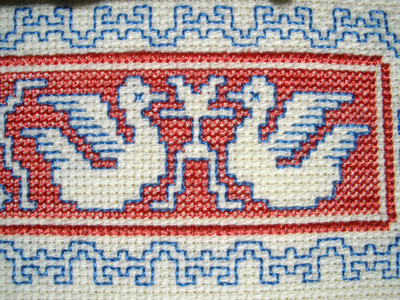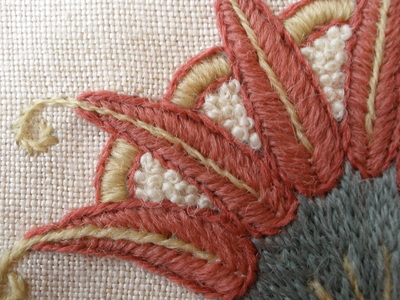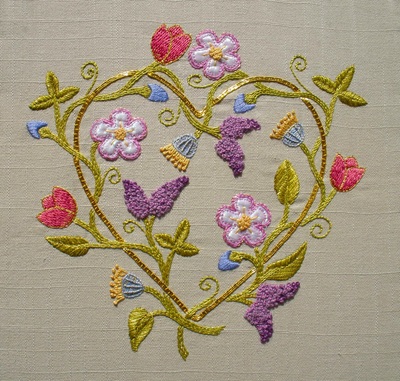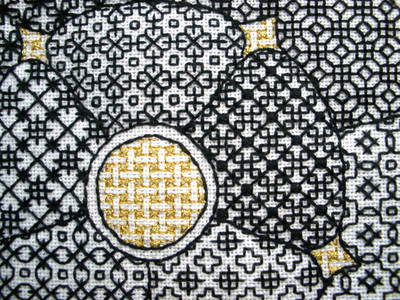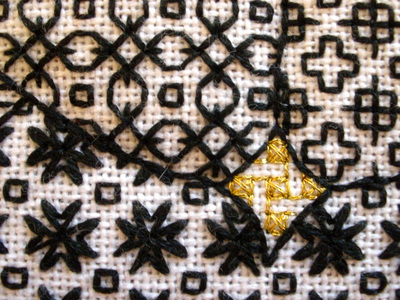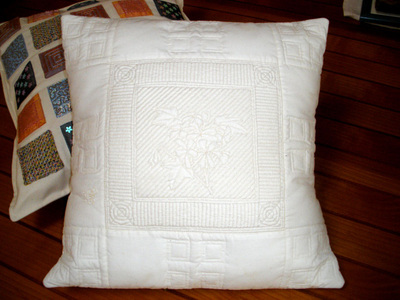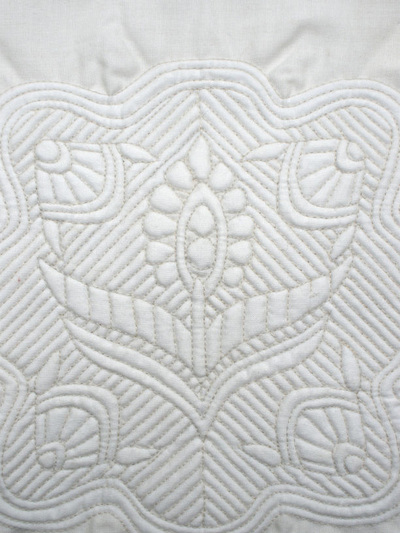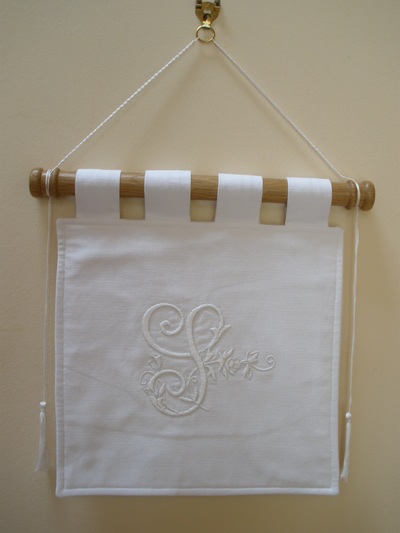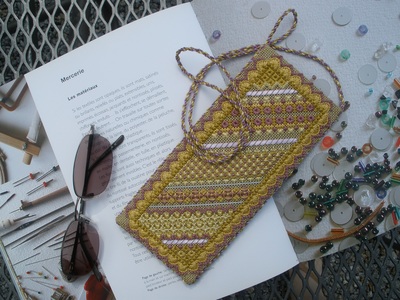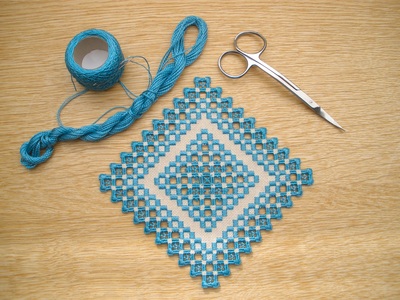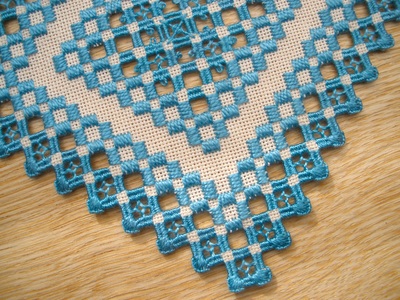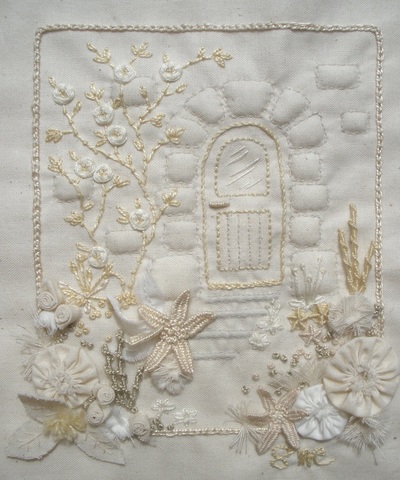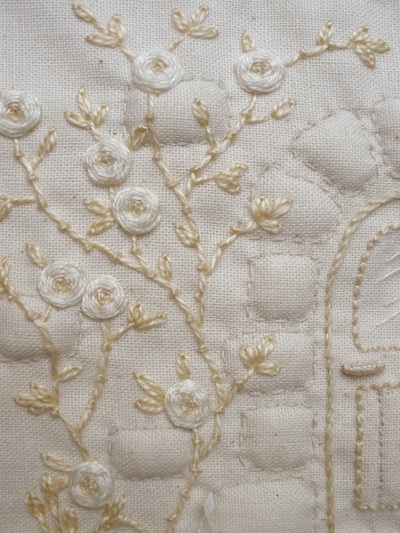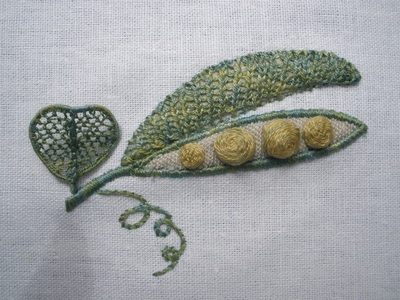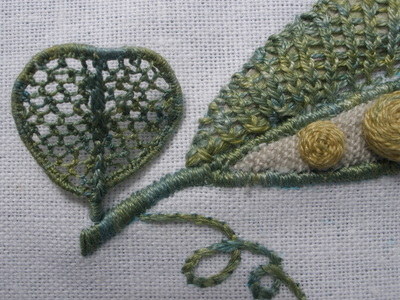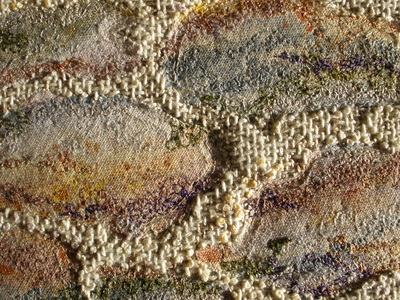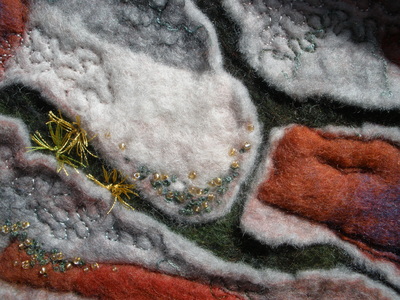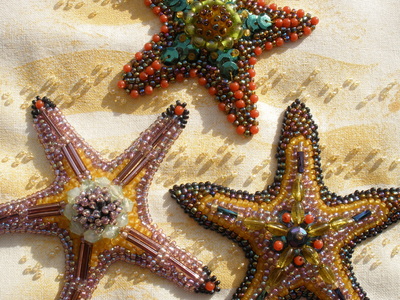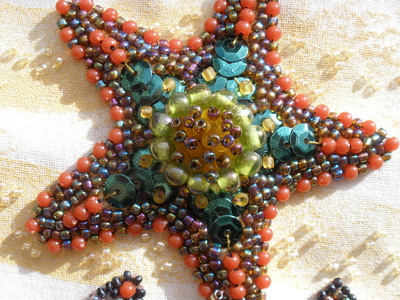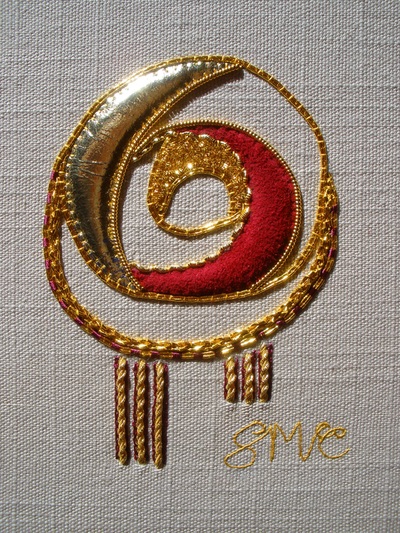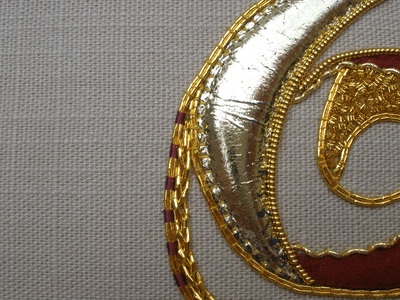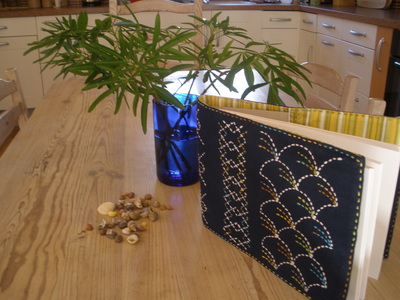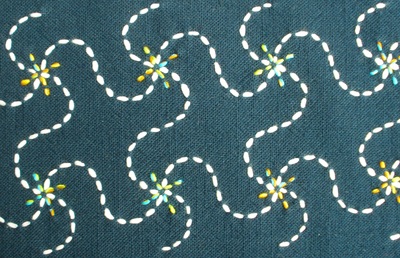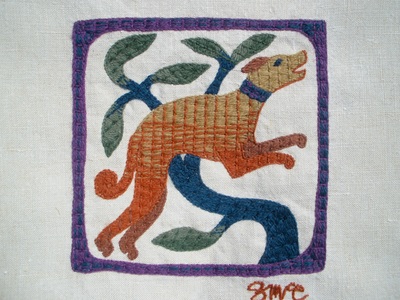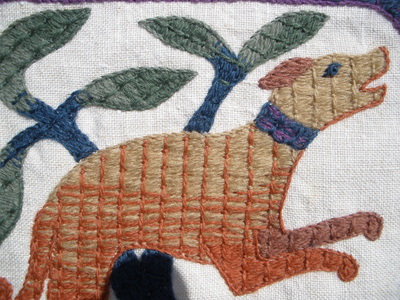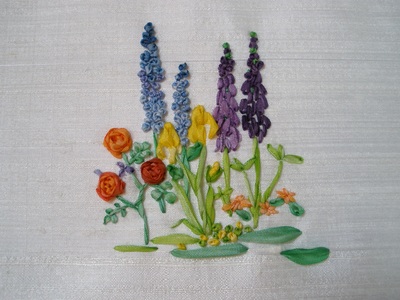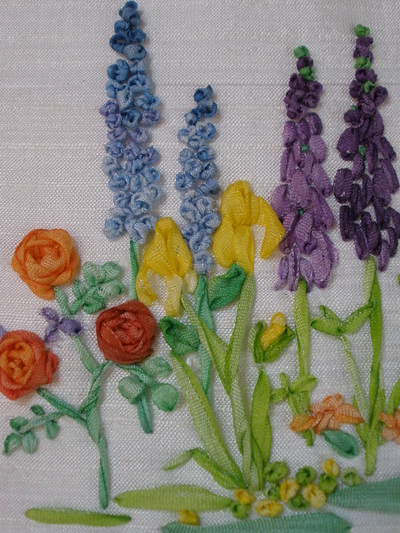TECHNIQUES
Shirley has worked in the following techniques, amongst others... Blackwork, Crewel embroidery, Boutis quilting, Raised monogrammes, Canvas work, Hardanger, Assisi and cross stitch, Fabric manipulation, Stumpwork & Freestyle embroidery.
Other techniques are possible including machine embroidery for small groups or individuals. See my workshops page for other things I have done or follow me on Facebook by clicking the logo at the top of the page..
Shirley can also help you out if you have a project that is not progressing or that you need advice on so that you can have the satisfaction of completing something that has been stuck in the drawer!
Other techniques are possible including machine embroidery for small groups or individuals. See my workshops page for other things I have done or follow me on Facebook by clicking the logo at the top of the page..
Shirley can also help you out if you have a project that is not progressing or that you need advice on so that you can have the satisfaction of completing something that has been stuck in the drawer!
